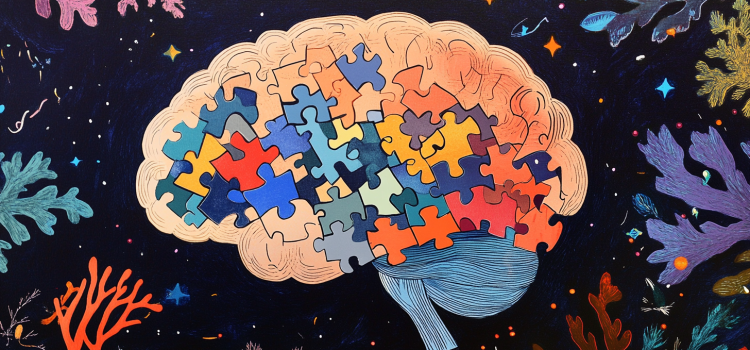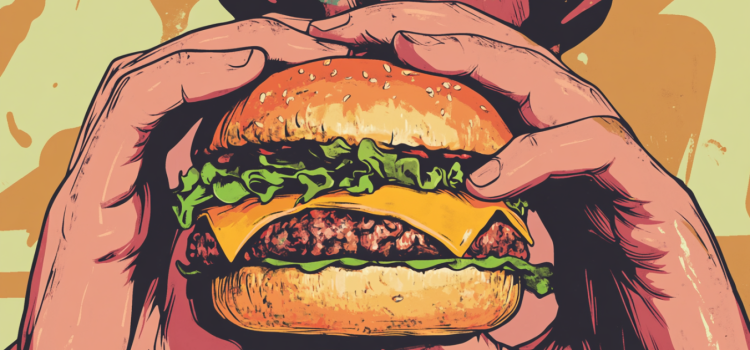Is our relationship with reading fundamentally changing as we move from traditional to digital formats? What does this shift mean for our cognitive abilities and future intellectual development? Reading in the digital age represents a significant transformation in how our brains process information. Cognitive neuroscientist Maryanne Wolf explains that our current shift to digital reading is rewiring our neural pathways in ways that bring both opportunities and risks. Keep reading to discover how screens are changing not just what we read but how we think—and what we can do to preserve the valuable cognitive skills traditional reading has given us.
Reading in the Digital Age Is Altering Our Brains (Maryanne Wolf)










